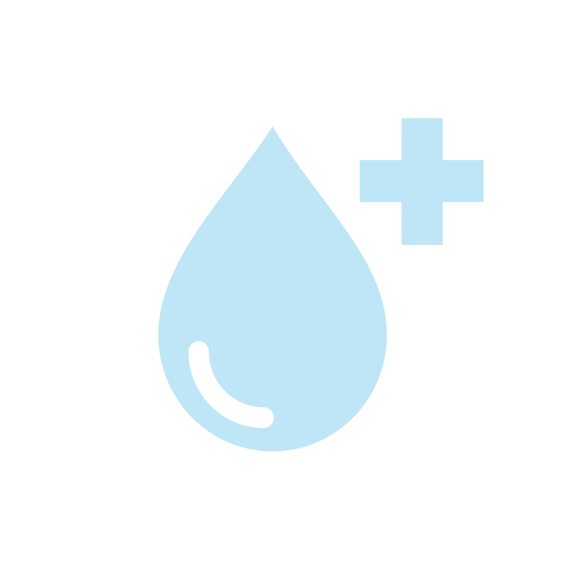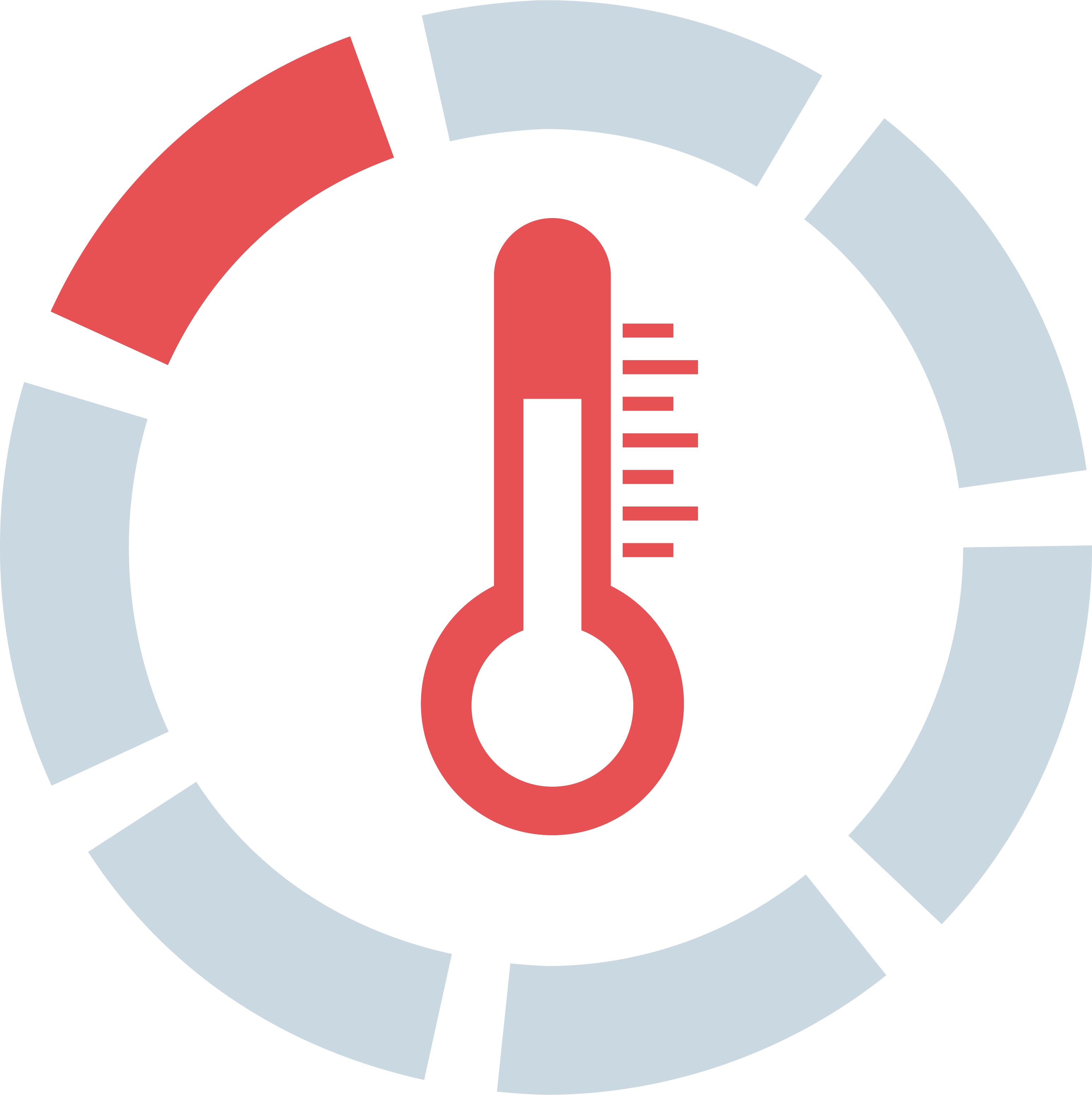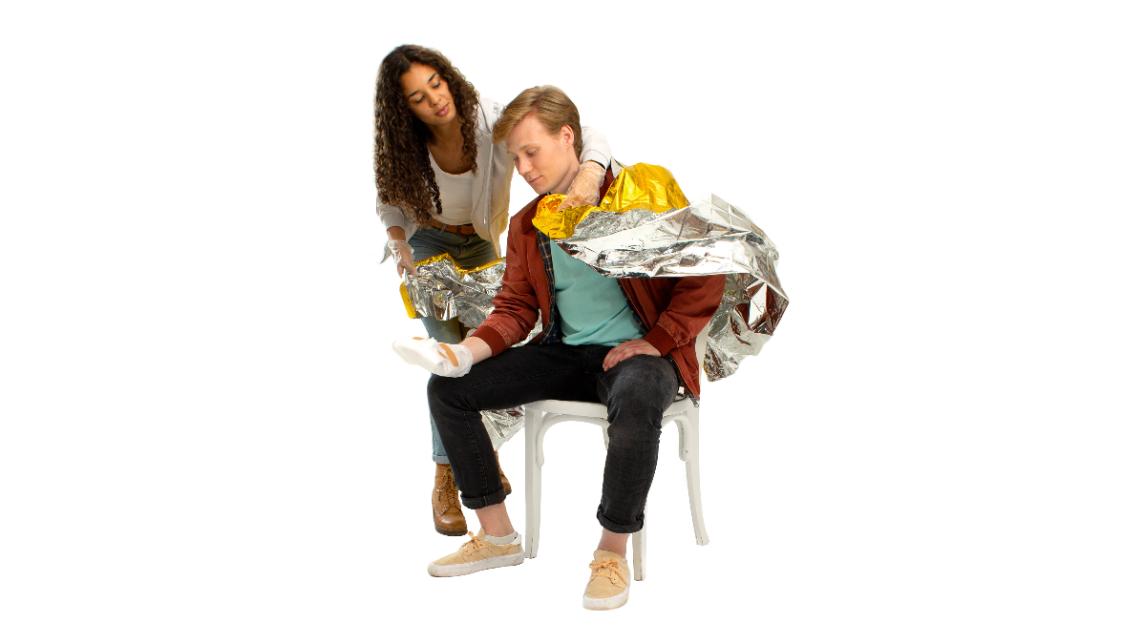
FROSTBITE

Goal of first aid:
Prevent hypothermia, sterile dressing for frostbite

SAFETY FIRST






Personal protection: Identify any dangerous situations.
Change of location: Move person to a warm place.
Gloves: Protect yourself and others: put on disposable gloves.


CONDITION CHECKING





See: Affected body parts first appear bluish-red, then turn white-yellow and eventually become white-gray.
Hear: The affected person complains of cold, pain, and numbness.
Feel: The affected body part is ice-cold—initially soft and painful, later hard and numb.
Hypothermia: If the person also shows signs of hypothermia, this should be treated as a priority.



CALLING FOR HELP




Emergency call 112: Make an emergency call.
The 5 W questions:
Where did it happen?
What happened?
How many people are affected?
What injuries?
Use speakerphone: Turn on your phone’s speaker to keep your hands free.
Do not hang up: Do not hang up unless the 112 dispatcher instructs you to.
Involve bystanders: Have them bring a first aid kit.
Report condition changes: Inform the 112 dispatcher if the person's condition changes.




POSITIONING



Passive Warming: If possible, warm frostbitten areas gently by tucking them into the armpits.
No active warming: Due to the risk of further damage, do not rub the affected areas.





WOUND DRESSING


As needed: Loosely bandage the area with sterile dressings.






COMFORTING

Don't leave: Stay with the person. Your presence and kind, encouraging words can help.
Listen: Listen actively, respond to their fears and worries, and show that you're there for them.







TEMPERATURE MANAGEMENT
Prevent cold exposure: Move the person to a warm place and remove any wet clothes.

Keep warm: Warm the person with an emergency blanket or a jacket.

